New To DIY? Here Are The Best Starting Points
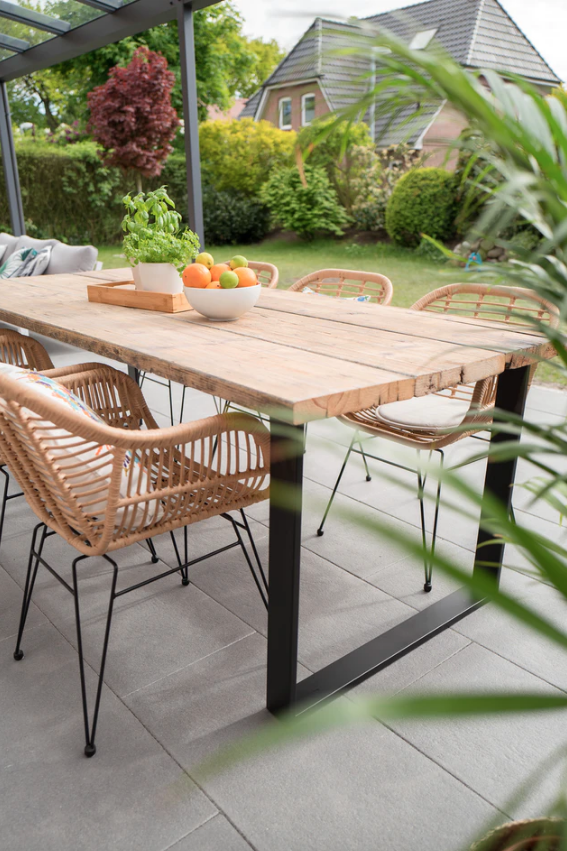
I have always been creative and handy, but it took a long time before I worked up the motivation to try DIY!
 All Photos By: Unsplash
All Photos By: Unsplash
For months, I looked at the different projects people were doing online and wanted to join them. But I also compared my perceived abilities to theirs. They seemed to know exactly what they were doing, while I had no idea where to start. The problem wasn’t so much to do with my self-esteem as it was to do with expense. I knew my first few projects might turn out badly. In an ideal world, that wouldn’t matter, but I would have felt terrible if I had spent money on a “failed” attempt.
The reality is that there is a lot that can go wrong in your first few DIY projects. You’re new to the craft and don’t have the foresight of knowing where to take particular care. However, you can try anyway and use any missteps as a learning curve, without wasting any cash. Here are the best DIY starting points.
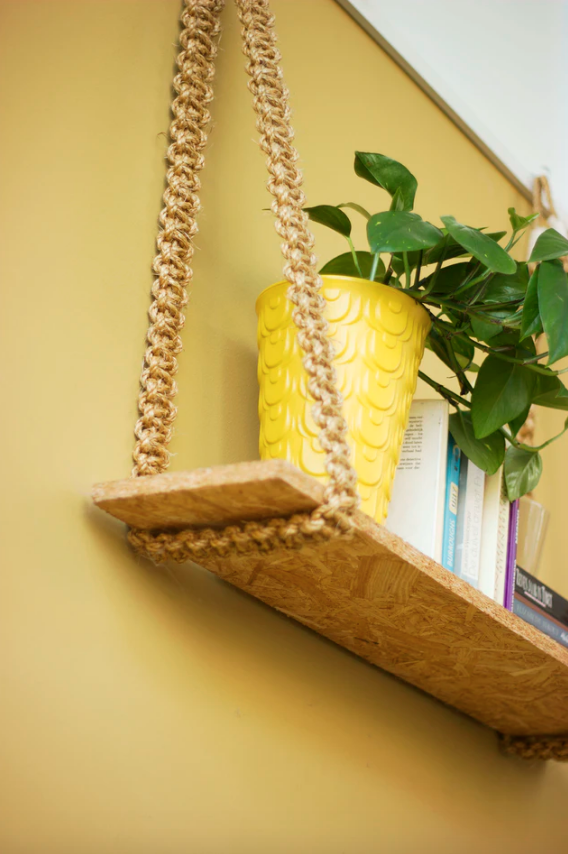
Upcycling
On any good DIY website you will see talk of upcycling. That is because upcycling ticks all the right boxes in modern DIY. Quite simply, it involves taking something unused and turning it into something beautiful and useful. For example, you may paint and repurpose an old container as a pot for a succulent. Upcycling is so popular because it promotes sustainability and requires inventive problem solving. The advantage for beginners is that it is relatively risk-free. You should already have the objects you intend to upcycle. Aside from purchasing a few tools, the costs are minimal. Start with a small upcycling project with items you don’t mind discarding if necessary. You might create a gem on your first try, but you need to be ready to learn from mistakes and move on.
Do Projects With Your Kids
If you have kids, you have a relatively useful avenue for beginning DIY projects. When you are creating something with a child, perfection should not be top of mind. On the contrary, you should be focusing on having fun, bonding, and creating something that has personal significance for your child.
Starting with these projects gives you the leeway to make mistakes without having to discard the finished product. You can go through the learning experience with your kids, coming out of it with something useful and unique, even if it doesn’t meet your standards for perfection.
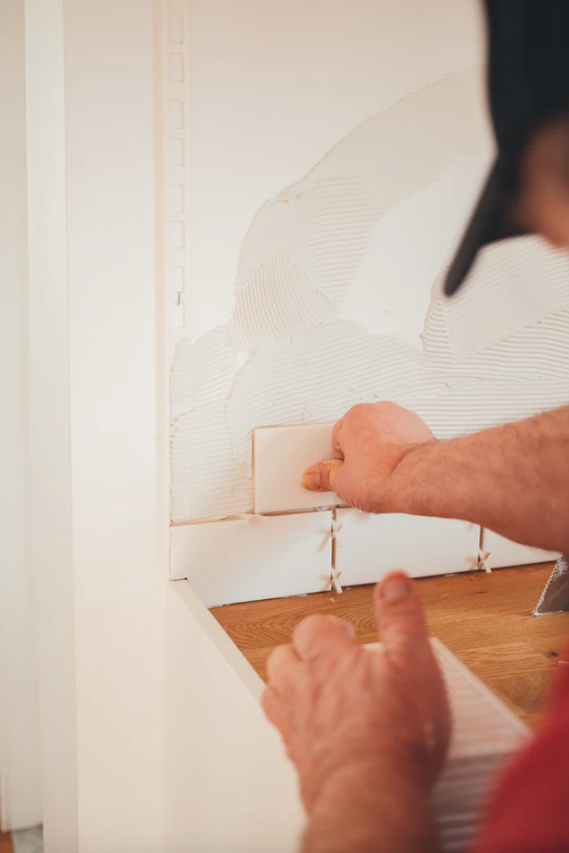
Holidays
One great way to get into DIY without worrying about wasting money and resources is to work on some holiday decorations. There is always a holiday coming up in the not-too-distant-future, whether national or religious. Rather than spending money on decorations, create some unique fixtures yourself.
The great thing about DIY projects for holidays is that holidays are temporary. Even if you don’t like your final product, or after a few days its imperfections start to bother you, it’s not going to be relevant for long. When you take the decorations down, you can decide whether to keep it for next year or discard it.
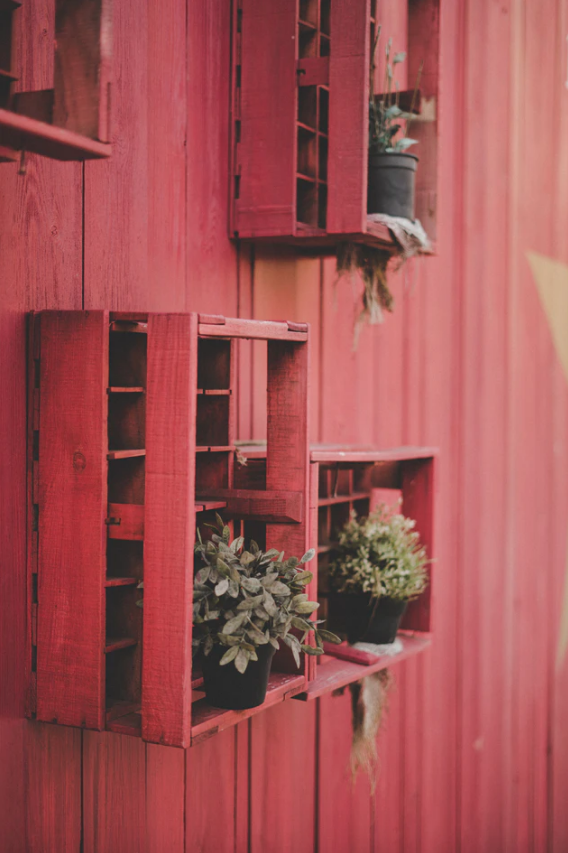
DIY should not be something that scares you because of the potential to waste money. It should use your imagination to come up with ways to create something of value out of what might otherwise go to waste.


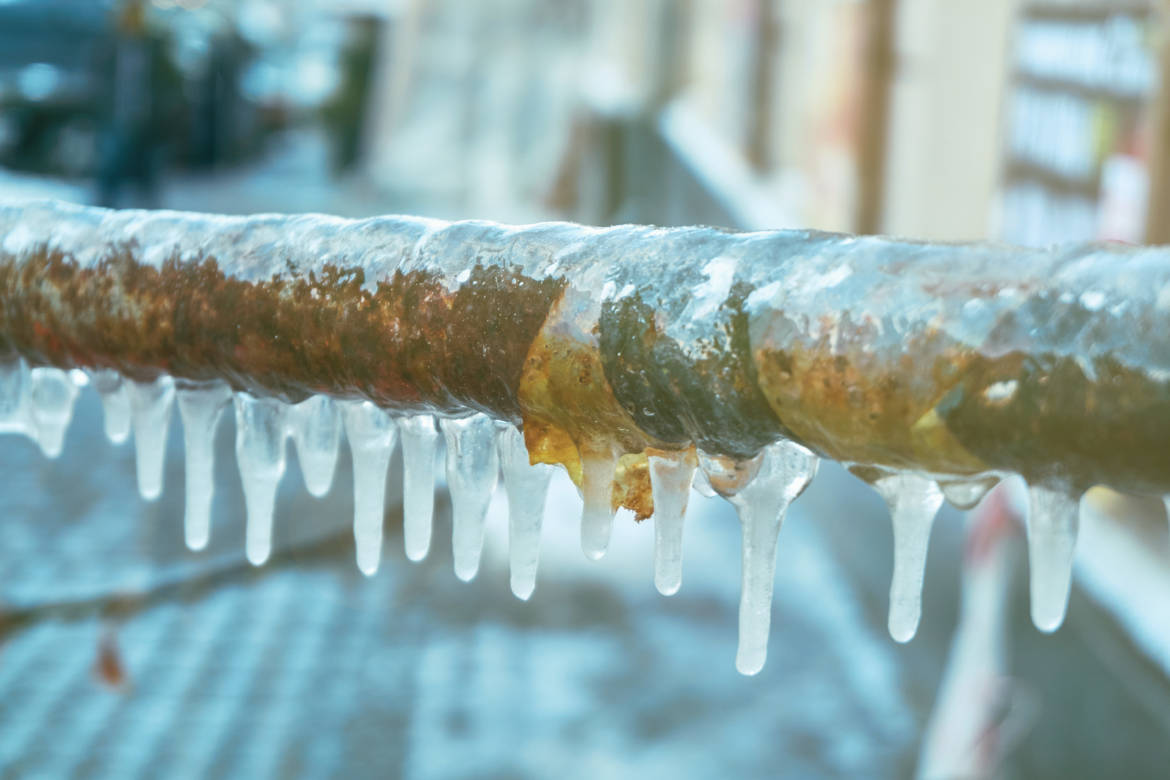
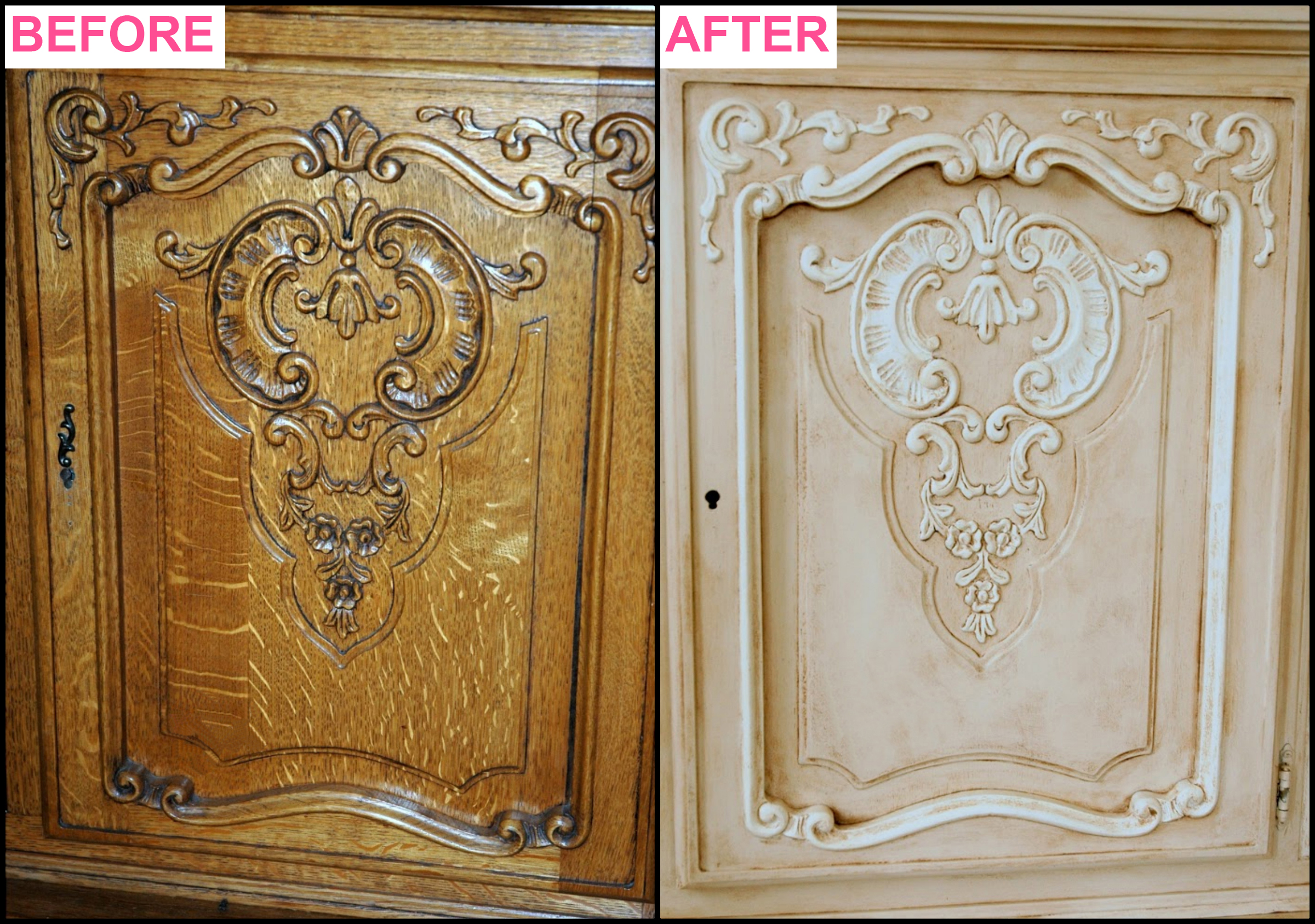





Leave a Comment